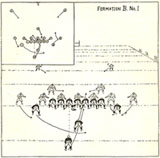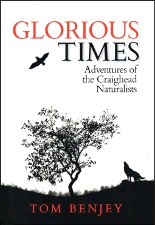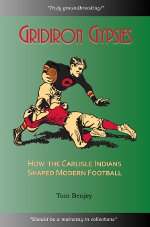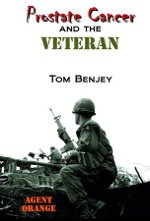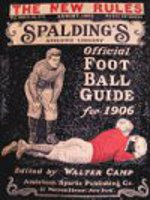A significant part of the work we do on Craighead House Committee toward preserving Craighead House at this stage involves finding ways to raise money to fund repairs and to pay off the mortgage. A recent task for me was to typeset a book, which required me to learn a little about typesetting. Jean Craighead George’s heirs graciously allowed Craighead House Committee to reprint The Summer of the Falcon, a book that was set in Craighead House in the 1930s. No professional typesetting agreed to donate his services, so it fell on me to get the job done. Not wanting to invest the substantial amount of money required to license Adode’s professional typesetting software, I studied Perfect Pages, a book by Aaron Shepard on typesetting with Microsoft Word, a word-processing program not intended for book production. Shepard convinced me that I could do a credible job with Word, especially for a relatively simple book to typeset.
I started off by sending an old copy of the book to be scanned into a text file to eliminate the extremely tedious job, especially so for a slow, error-prone typist, of typing the entire text. Scanning is an imperfect process. I had to correct numerous errors from the scanning process and an experienced proofreader donated fifty hours of her time finding the errors I missed and those I introduced. Through trial and error, I eventually got headers and footers to appear as they would appear on professionally-typeset books: on the bottoms of the first pages of chapters and on the tops of the rest of the pages, except those that only contained photos, which have neither headers or footers. I scanned Jean’s drawing from a book and cleaned up spots introduced by the scanning process. I placed her drawings at the beginnings of chapters as she had done decades ago. I also included photos given me by family members to illustrate sections of the text.
I used a 1933 group photo of the Craigheads for the cover because, although classified as fiction, the book is autobiographical in nature and the characters are thinly-disguised versions of family members. To assist readers, I created a cross-reference that tied characters to real-life names to images on the cover and inserted it as a frontispiece. The finished books arrived from the printer this week. Readers have especially appreciated this key to the characters in the book.
I closed the book out with reflections on the house and family that were written by friends and family members. These musings summarize what the people and place meant to those writing them. At $10 a copy, this book is quite a bargain and can be purchased at www.CraigheadHouse.org.


